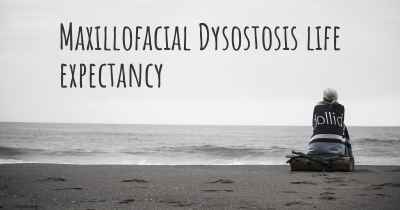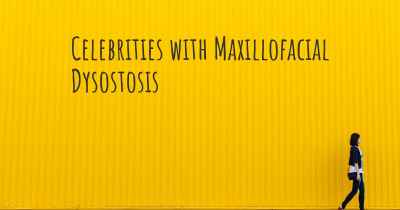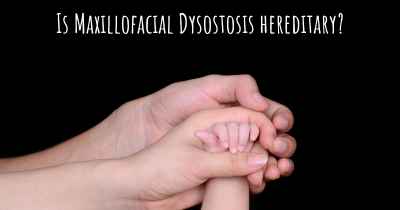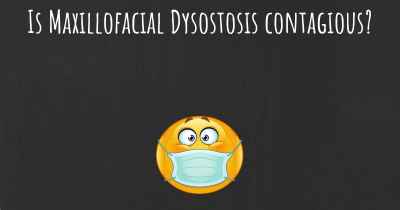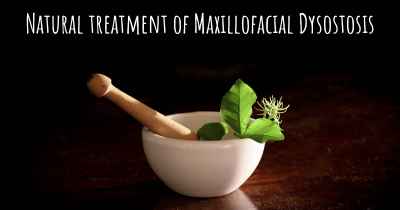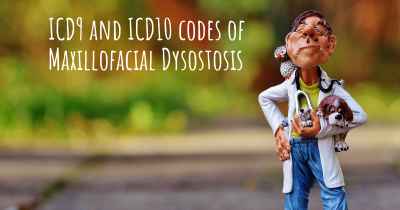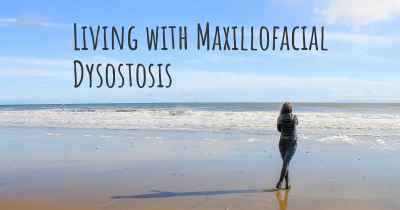Which are the symptoms of Maxillofacial Dysostosis?
See the worst symptoms of affected by Maxillofacial Dysostosis here
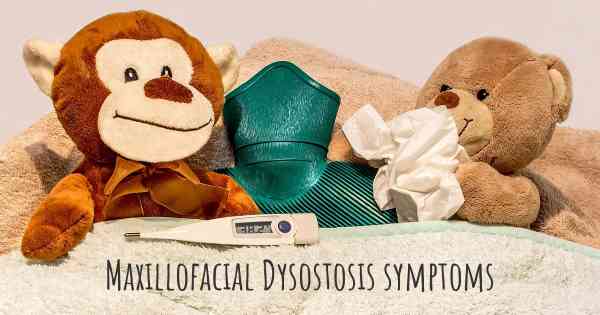
Symptoms of Maxillofacial Dysostosis
Maxillofacial dysostosis, also known as Treacher Collins syndrome, is a rare genetic disorder that affects the development of facial bones and tissues. It is characterized by a range of physical abnormalities, primarily affecting the head and face. The severity of symptoms can vary widely among individuals, but there are several common features associated with this condition.
Craniofacial Abnormalities: One of the key symptoms of maxillofacial dysostosis is craniofacial abnormalities. These can include underdeveloped or absent cheekbones, a small jaw (micrognathia), downward slanting eyes, and a small chin. The facial features may appear flattened or sunken, giving the face a distinctive appearance. The ears may also be affected, with abnormalities in their shape, size, or position.
Eye and Vision Problems: Individuals with maxillofacial dysostosis often experience various eye and vision problems. These can include downward slanting of the eyes (antimongoloid palpebral fissures), coloboma (a gap or hole in the structures of the eye), and eyelid abnormalities. These eye abnormalities can lead to vision impairment or even blindness in severe cases.
Hearing Loss: Another common symptom is hearing loss, which can range from mild to severe. The hearing loss is typically conductive in nature, meaning it is caused by problems in the middle or outer ear rather than the inner ear. This can be due to underdeveloped or absent ear structures, such as the external ear canal or middle ear bones.
Cleft Palate: Many individuals with maxillofacial dysostosis have a cleft palate, which is a gap or split in the roof of the mouth. This can cause difficulties with feeding, speech, and may require surgical intervention to correct.
Dental Abnormalities: Dental problems are also common in individuals with maxillofacial dysostosis. These can include missing teeth, misalignment of teeth, and crowding. The dental abnormalities can further contribute to difficulties with chewing, speaking, and overall oral health.
Respiratory Issues: Some individuals with maxillofacial dysostosis may experience respiratory problems due to the underdevelopment of facial bones and tissues. This can lead to difficulties in breathing, particularly during sleep, and may require medical intervention to ensure proper airflow.
Speech and Language Delays: The structural abnormalities in the face and mouth can affect speech and language development. Individuals with maxillofacial dysostosis may have difficulty articulating certain sounds, resulting in speech delays or impairments. Speech therapy is often recommended to help improve communication skills.
Psychosocial Impact: It is important to note that the physical abnormalities associated with maxillofacial dysostosis can have a significant psychosocial impact on individuals. The distinctive facial features may lead to self-esteem issues, social challenges, and emotional difficulties. Supportive care and counseling are crucial to help individuals and their families cope with these challenges.
In conclusion, maxillofacial dysostosis is a complex genetic disorder that affects the development of facial bones and tissues. The symptoms can vary in severity, but commonly include craniofacial abnormalities, eye and vision problems, hearing loss, cleft palate, dental abnormalities, respiratory issues, speech and language delays, and psychosocial impact. Early diagnosis, multidisciplinary care, and support are essential in managing the symptoms and improving the quality of life for individuals with this condition.
